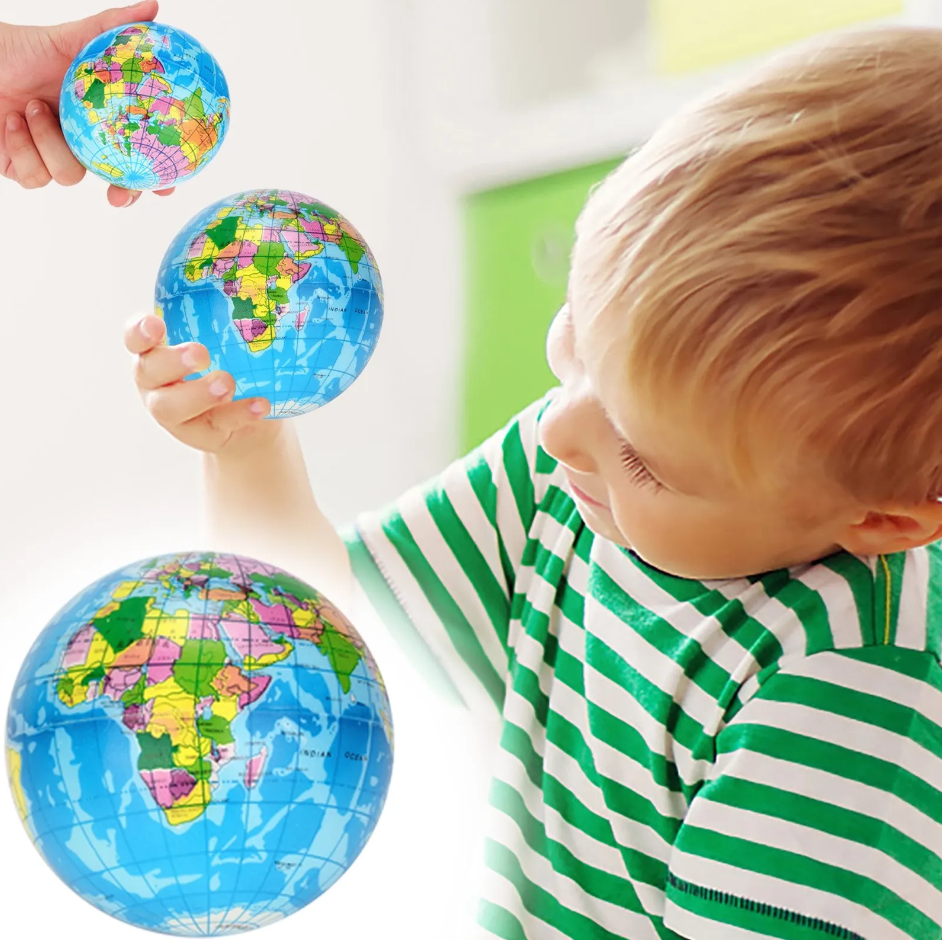Bilingual kids: Is it worth the challenges?
Raising a child to be bilingual can be one of the best gifts a parent can give their child, but it does not come without challenges. We all know that introducing a second language - or even sticking to a second language - is extremely time and energy consuming and can often be ‘rejected’ by the child in many ways. In this article, we will explore the physical and psychological benefits of raising children bilingual, and the long-term benefits they provide when they grow up. We will also discuss the ideal time to start teaching children a second language and how to encourage interest in both languages.
Physical Benefits of Bilingual Children
Research has shown that children who are raised bilingual may have improved auditory and speech perception skills than those who are monolingual. They may be more attuned to different sounds, which helps them differentiate between languages and learn phonics more efficiently.
Kaushanskaya & Marian (2009) found that bilingual children are better able to learn new words than monolingual children. The authors suggest that bilingualism may enhance children's ability to form and maintain connections between words and their meanings.
Similarly, Kuhl et al. (2008) found that bilingual infants are better able to discriminate between speech sounds in different languages than monolingual infants. The authors suggest that this ability is due to the bilingual infants' experience with processing different phonetic categories, which strengthens their overall language learning abilities.
Cognitive benefits for Bilingual Children
Interestingly, bilingualism has been linked to better cognitive function and a reduced risk of age-related cognitive decline. This review article by Bialystok, E. (2017) summarizes several studies showing that bilingual children have cognitive advantages in areas such as attention, working memory, and problem-solving. The author argues that bilingualism promotes cognitive flexibility and adaptability, which can lead to better outcomes in academic and professional settings.
If we look further into the research, a meta-analysis of over 60 studies found that bilingualism is associated with higher cognitive performance in areas such as attention, working memory, and cognitive control. The authors suggest that the cognitive demands of managing two languages may lead to stronger cognitive skills in these areas.
Psychological Benefits of Bilingualism
As important as the physical and cognitive effects, if not more, being bilingual can provide a range of psychological benefits. Studies have shown that bilingual children can find problem-solving and critical-thinking skills easier to pick up than their monolingual peers, which in turn can lead to increased confidence. They are also better able to focus their attention and switch between tasks, if they are often doing this between multiple languages at home. Speaking more than one language has also been associated with increased decision-making skills, leading to increased feelings of self-worth, and higher levels of empathy, further augmenting those critical inter personal and social skills.
Long-Term Benefits
The benefits of bilingualism extend well into adulthood. Looking into the future, it has been shown that bilingual adults may present themselves with more job opportunities and the ability to work in different countries. They also have the ability to communicate deeper with people from different backgrounds and countries, which can lead to more meaningful relationships and opportunities for personal growth.
When to Start Teaching a Second Language
There is no "right" age to start teaching a second language, but research has shown that the earlier a child is exposed to a new language, the more likely they are to become fluent. Ideally, children should be exposed to both languages from birth. However, if this is not possible, parents can start introducing a second language as early as six months. At this age, children are beginning to understand the nuances of their native language, and introducing a second language can help them differentiate between the two. However, as the benefits are so vast it is really never too late to do!
Encouraging Interest in Both Languages
To encourage children to become bilingual, parents should make sure that both languages are spoken regularly in the home. They can also read books, watch TV shows, and listen to music in both languages. It's important to make learning fun and engaging, so children develop a positive attitude towards language learning.
Parents can also enroll their children in language classes, holiday camps or extra-curricular activities that provide more immersion experiences. These programs offer children the opportunity to practice their language skills in a real-world setting, which can help them become more confident and fluent.
In conclusion, raising a child to be bilingual provides numerous benefits for their physical and psychological development. By providing regular exposure to both languages and making learning fun and engaging, parents can help their children become confident and fluent in both languages and overcome the challenges involved.



